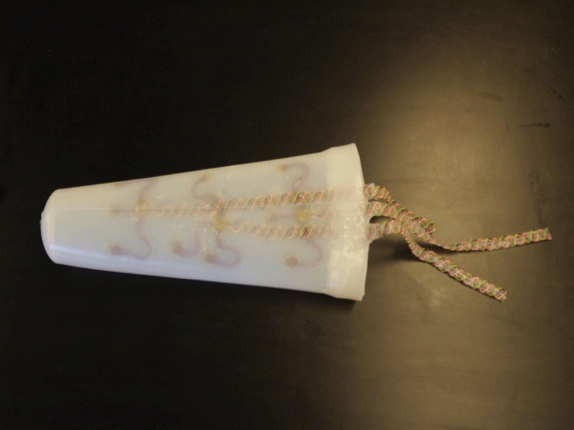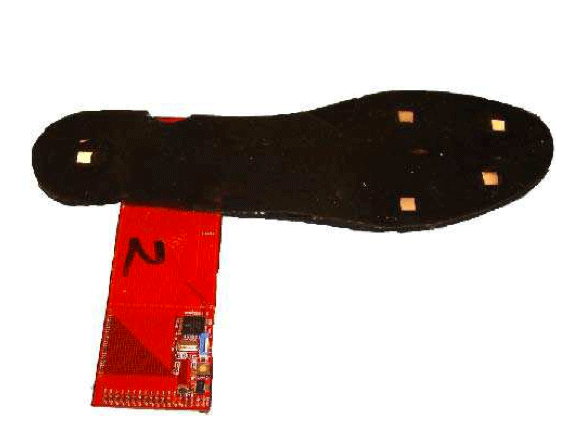Challenge

Tactile (touch) sensing has many engineering and medical applications. Robotic and prosthetic hands can use tactile sensing to manipulate objects or provide feedback to the user. Sensors can also measure the interface pressure and shear loads on human soft tissues (e.g., skin) in a prosthetic device, exoskeleton, or shoe.
Need
While several commercially available tactile sensors exist, most are limited in some way in relation to the applications described above. Most notably, a tactile sensor that can measure both normal and shear pressures is not commercially available. Shear measurement is especially important for robotic manipulation and human interface load measurement.
Technical Challenge
Designing a tactile sensor presents many unique challenges. Almost all force or pressure sensors actually measure displacement or strain and the challenge is to create a mechanical transducer that reliably converts loads to strain. This is particularly difficult in multiple directions, which is required when both pressure and shear are desired.
Solution
We have developed multiple (patent pending) tactile sensors that offer unique performance. We’ve designed a bubble pressure sensor that consists of a fluid pressure sensor encapsulated in a fluid-filled bubble. This sensor has performed better than other tactile sensors we’ve tested in many areas, such as hysteresis and drift. We have also developed a three-axis optical sensor that can measure both normal and shear (in two directions).
Features/Benefits

- Bubble pressure sensor has less drift and other inaccuracies than many commercial sensors
- Optical sensor can sense multi-axis loads and has a thin profile
- Optical sensor uses inexpensive integrated circuit components
Applications
We have integrated both the bubble pressure sensor and the optical sensor into a prosthetic socket liner for socket/limb interface load measurement. We have also integrated the optical sensor into a robotic hand and a shoe sole. The insole can be used to monitor local pressure and shear loads and has been effective at measuring the ground reaction force for mobile biomechanics applications.
Contact Us
Questions and comments about High Consequence, Automation, & Robotics? Contact us.
Technology Transfer and/or Collaboration Opportunities
We are open to collaborations with clinical or commercial partners related to these technologies. For more information, please contact us.